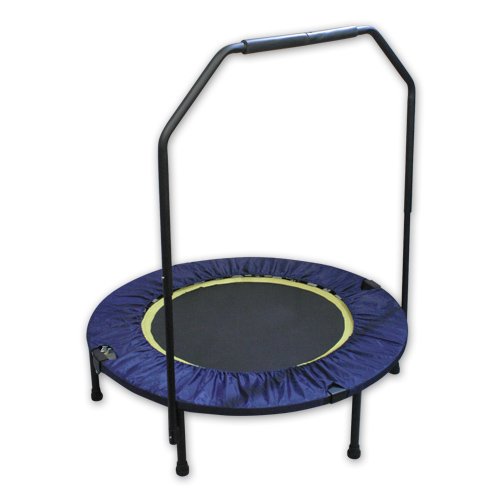Early conditioning for boxers ideally consists of road work at least three times weekly for one month prior to the first squad drills.There are many theories on how to do road work for the young boxer. Some advocate the long tedious grinds of three to five miles. I have always contended, and followed the theory, that the long grinds possibly are necessary preparation only for the 1 to 15 rounds of professional fighting.
For the high school or college boy, or any other amateur who will box three one-minute or two-minute rounds, running short distances, with wind sprints, will better prepare him for his type of contest. During the month previous to the regular practice sessions he may increase his stamina and physical condition by jogging, preferably outdoors, for approximately one minute and 45 seconds, and then sprinting at top speed for 15 seconds.
He should walk the next minute, thereby catching his wind, and repeat the performance. He should go through this routine about six times the first day of road work; then increase to 10 or 12 times when his condition warrants it. At the end of the first month of such road work, if he is a high school boxer and boxing only one-minute rounds, he should change to jogging 45 seconds, next sprinting at top speed for 15 seconds, then walking a minute, and repeat.
My theory and reasoning are that a boy should do his road work in accordance with the length of the rounds he boxes, and in the manner in which he boxes. In an average round, a boy is sparring around for an opening (this corresponds to the jogging); the opening is found and the gloves are thrown fast and furious for 10 or 15 seconds (this corresponds to the sprints).
Some boys find it more to their liking to measure their distances in blocks rather than by time. They will jog a third of a block, sprint a third of a block, then walk the last third, repeating this each block. I have found both methods successful and can promise that boys following either of them will be fit to go three fast rounds.
Just what constitutes "proper workouts" is one of boxing's most controversial topics. I refer now to workouts just before the regular season and during the actual season, after the boys have become physically conditioned by plenty of early road work, and have drilled upon and thoroughly mastered the fundamentals.
It has always been my contention that a boy in training should box rounds the exact length of those he will box competitively-workouts of two-minute rounds for college boys, and one minute for high school boys.
My theory is that if a boy trains via longer rounds he develops a different pacing; he slows down the action; and during a regular bout he does not know how to time himself properly. He will not go "all out" as is necessary in one- and two-minute rounds. We have found it best for conditioning purposes if the boy moves fast and is on the go during the entire shorter round.
A typical preparation before a bout would be as follows: Light breakfast, extent of which depends on the weight problem. Weighing in (time designated under the rules is usually at least six hours before the match begins). Immediately after the weigh-in period the boxer eats his full meal. It is important that the meal be eaten approximately six hours before the bouts in order to allow sufficient time for the food to digest properly.
All athletes are normally excited on the day of a contest, hence their food requires longer to digest. A typical pre-bout meal would be as follows: fruit juice, head lettuce salad (French dressing optional), a good-sized tenderloin or T-bone steak, broiled or grilled medium rare or medium, according to individual taste (it should never be well done), buttered toast including honey if desired, and a fresh fruit cup dessert.
Once these preparations have been made, it is up to the boy to do his best. It is the coach's duty to advise him properly as his second during the one-minute rest period between rounds.
 | Price : $88.82
| Price : $88.82







